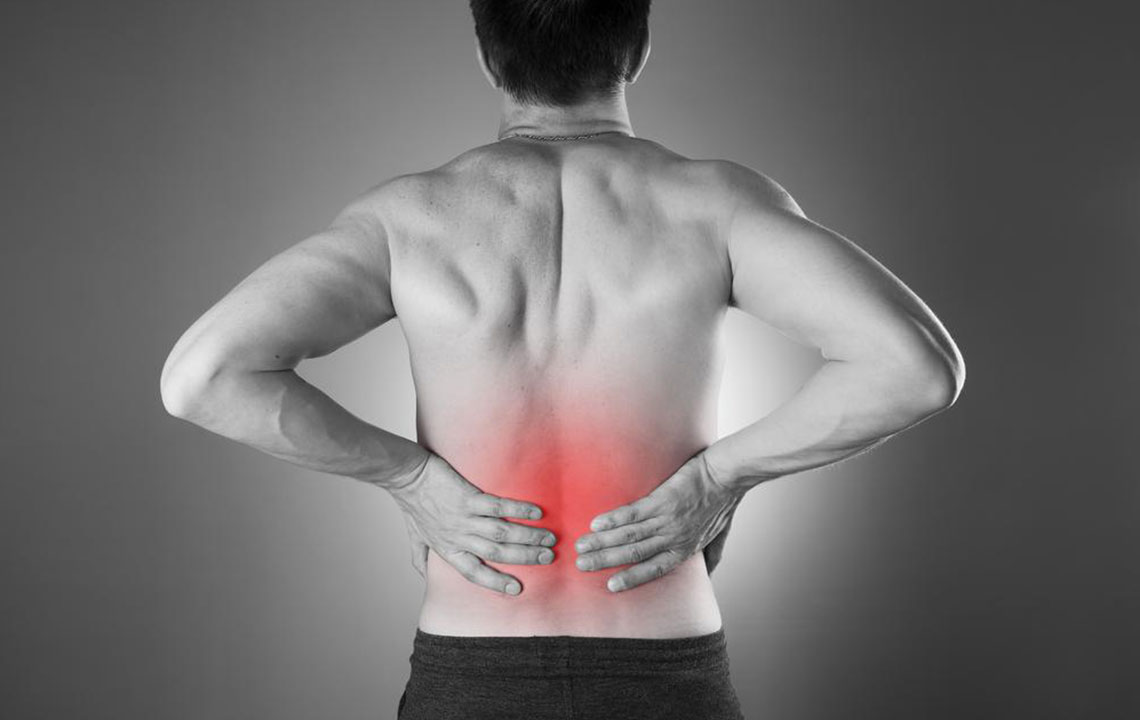Understanding Osteopenia: Symptoms, Causes, and Prevention Strategies
This article discusses osteopenia, a condition characterized by reduced bone density that can lead to fractures if untreated. It covers symptoms, causes such as hormonal changes and poor nutrition, and preventive measures like diet, exercise, and stress management. Early detection and lifestyle modifications are essential in managing and slowing the progression towards osteoporosis, helping individuals maintain strong bones throughout their lives.

Understanding Osteopenia: Symptoms, Causes, and Prevention Strategies
Osteopenia occurs when bone density diminishes, leading to weakened bones. Although more common among seniors, it can affect individuals of all ages. Often a precursor to osteoporosis, osteopenia signals early bone loss but is not directly curable. Nevertheless, lifestyle modifications and medical interventions can slow or halt its progression, preserving bone strength over time.
Signs and Symptoms of Osteopenia
In its initial stages, osteopenia may not present noticeable symptoms. As the condition advances, bones gradually weaken, increasing fracture risks. Common indicators include reduced bone density, height loss, and frequent fractures.
Low bone density is a key feature, resulting in fragile and brittle bones. This condition often stems from insufficient peak bone mass development—men generally reach this peak in their 20s, women in their 30s—and impaired calcium absorption.
Height reduction may occur as bones become weak, with affected individuals often losing about an inch in height over time, indicating significant bone loss. Severe cases may lead to increased fracture susceptibility, especially with minimal trauma.
Frequent fractures are a hallmark of osteoporosis progression from osteopenia. Bones become more prone to injuries and breakage, underscoring the importance of medical evaluation for recurrent fractures.
Causes of Osteopenia
Hormonal fluctuations: Changes like menopause or stress impact calcium balance, reducing bone density. Menopause-related decreased estrogen is a common culprit.
Lack of physical activity: Sedentary lifestyles and absence of weight-bearing exercises weaken bones over time.
Deficiency in calcium and vitamin D: Poor nutrition hampers bone mineralization, leading to weakening bones.
Underlying health issues: Conditions such as rheumatoid arthritis or hyperthyroidism can contribute to bone deterioration.
Genetics: Family history plays a role, with hereditary factors influencing susceptibility.
Prevention and Management
Regular exercise: Weight training, walking, cycling, and stair climbing promote bone strength.
Diet rich in calcium: Incorporate foods like leafy greens, nuts, broccoli, and soy products to boost calcium intake.
Stress management: Techniques like meditation and deep breathing reduce hormonal stress impacts, supporting bone health.
Medical monitoring: Regular check-ups and bone density assessments help track bone health and guide interventions.










